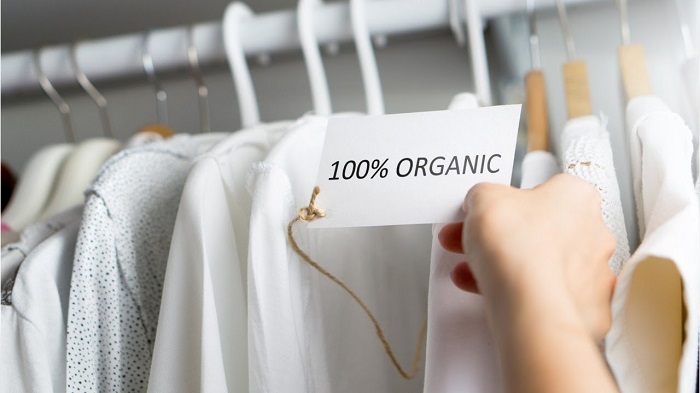With global warming being an inescapable reality, it’s good to see that more and more people are starting to realize the importance of making eco-friendly decisions. But even if you ride a bike to work and regularly recycle, you could still be contributing to the mass pollution of our planet simply by the way you dress. The truth is textile production is one of the world’s most polluting industries, second only to oil. It’s guilty of producing 1.715 tons of CO2 emissions a year and contaminating the water with bleaches, acid, dyes, and other toxic chemicals.
And this super-fast mass production of clothes is also cruel to humans. Often, the lines of big clothing brands are made by workers in developing nations who are seriously underpaid and work in unsafe conditions. Without a doubt, the mainstream fashion industry has terrible impacts on both the environment and people, so, what can we do? While living a nudist life does seem appealing now that the temperatures are constantly rising, there’s a much better solution to the problem – turning to sustainable clothing.

But how can you tell which clothes are sustainable? A simple way is to look at what material they are made of. Sustainable clothes are produced with fibres derived from renewable plants which are grown without the use of pesticides or herbicides, such as bamboo or organic cotton. And such clothes are not necessarily hard to find. In Australia, there are many local retail companies that exclusively sell eco-friendly clothing. You can find out whether a brand is sustainable by checking whether it has the Ethical Clothing Australia accreditation. To make it easier, there’s even a special app called Good On You which helps rate the sustainability of brands based on their publicly available info.
You can also try to reduce the number of clothes you buy. One way to do so is by choosing quality instead of quantity. Clothes made of organic materials such as bamboo are not only sustainable but also incredibly durable, lasting through hundreds of washing cycles and frequent sun exposure. What’s more, you should try to appreciate more what you already have. If your favourite shirt has a small hole in it, don’t toss it straight in the bin. Try to mend it by taking it to a clothing repairer, or you can even hand-sew it yourself in a creative way.
And finally, there are also many amazing second-hand stores where you can find beautiful clothes, some of which still have their tags. Thanks to such thrift stores, we can all become the proud owner of a Gucci bag for $5 or a Tommy Hilfiger shirt for less than that. Collectively, second-hand stores around the world help save 300 000 tonnes of textiles from ending up in a landfill each year.
While doing all of this might not put a stop to global warming, ethically shopping for sustainable clothing can significantly help reduce pollution and increase the wages of the currently undervalued workers in developing nations. And if that isn’t a good enough reason to cut back on your fashion addiction, I don’t know what is.
